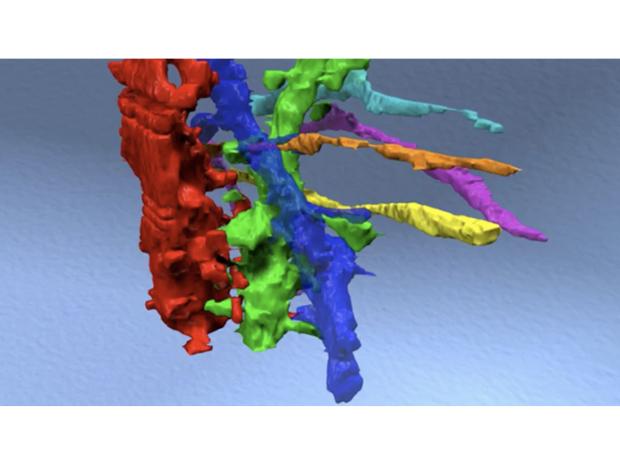Reverse Engineering the Brain: from the connectome to computation

Speaker:
Dmitri Chklovskii, PhD
Research Associate Professor, NYU Grossman School of Medicine
Department of Neuroscience & Physiology
Abstract:
The overarching goal of Dr. Chklovskii’s research is to understand how the brain analyzes large and complex datasets streamed by sensory organs in order to aid efforts at building artificial neural systems and treating mental illness. His team is analyzing experimental data, assembling connectomes from high-throughput electron microscopy and determining neuronal dynamics from calcium imaging and multi-electrode recordings. Informed by anatomical and physiological neuroscience data, his group develops algorithms that model brain computation and solve machine learning tasks. In addition, they are developing a novel algorithmic theory of neural computation.
Before coming to the Simons Foundation in 2014, Dr. Chklovskii was a group leader at Janelia Farm. There he initiated and led a collaborative project that assembled the largest-at-the-time connectome, a comprehensive map of neural connections in the brain. Before that, he was an associate professor at Cold Spring Harbor Laboratory in New York, Sloan Fellow at the Salk Institute and Junior Fellow of the Harvard Society of Fellows. He holds a Ph.D. in physics from the Massachusetts Institute of Technology.
compartment neurons whose synapses obey local learning rules. The dendritic compartments of the
output neurons whiten data. The somatic compartments reconstruct the sources by rotating the
whitened data. The pale blue rounded rectangle represents modulation of plasticity by output
activity.

